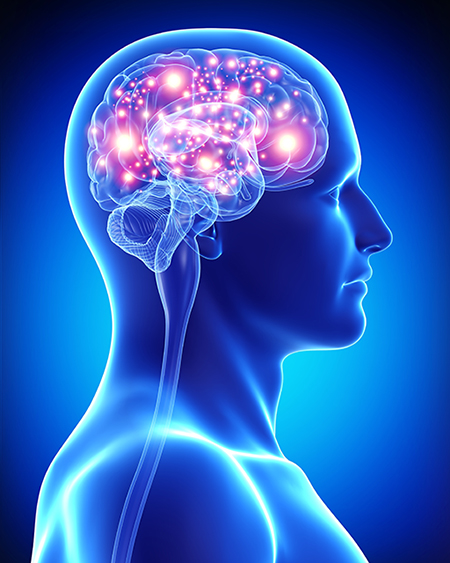3 Definitions of innovation: the process and types
The broad definition of innovation by Schumpeter, which we have used as our starting point, has strongly influenced the widely-used definitions of innovation which are emerging from a wider tradition of research into the measurement of innovation used by organisations. For instance, Schumpeter’s definition has been used by the Organisation for Economic Co-operation and Development (OECD) to set out the Oslo Manuals to inform innovation policy (OECD, 2005; OECD/Eurostat 2018).
The innovation process is defined, based on the OECD/Eurostat report (2018), as the process by which new ideas are developed and introduced, which are then either made available to potential customers/users through diffusion (in the form of products, including goods and services) or are brought into use (as processes or systems) in contexts for the purpose of creating or preserving value.
Invention is often, but not always, part of the innovation process in the form of the novel idea, concept, model or design that starts the innovation process. Some degree of novelty is core to innovation, as emphasised by Tidd and Bessant:
‘Innovation is the process of turning opportunity into new ideas and of putting these into widely used practice.’
What results from the innovation process can be broadly classified, based on the OECD/Eurostat (2018) Oslo Manual, into two main types – product, and process innovation, or combinations thereof. Product innovations include goods and service innovations while process innovations can apply to a wide range of production and business processes. Importantly innovations can be difficult to classify in narrow innovation terms and types and can involve combinations of goods, services and/or processes (OECD/Eurostat 2018).
You will note how the OECD/Eurostat (2018) definition emphasises novelty and significant difference. This is supported by others, notably Tidd and Bessant (2009).

